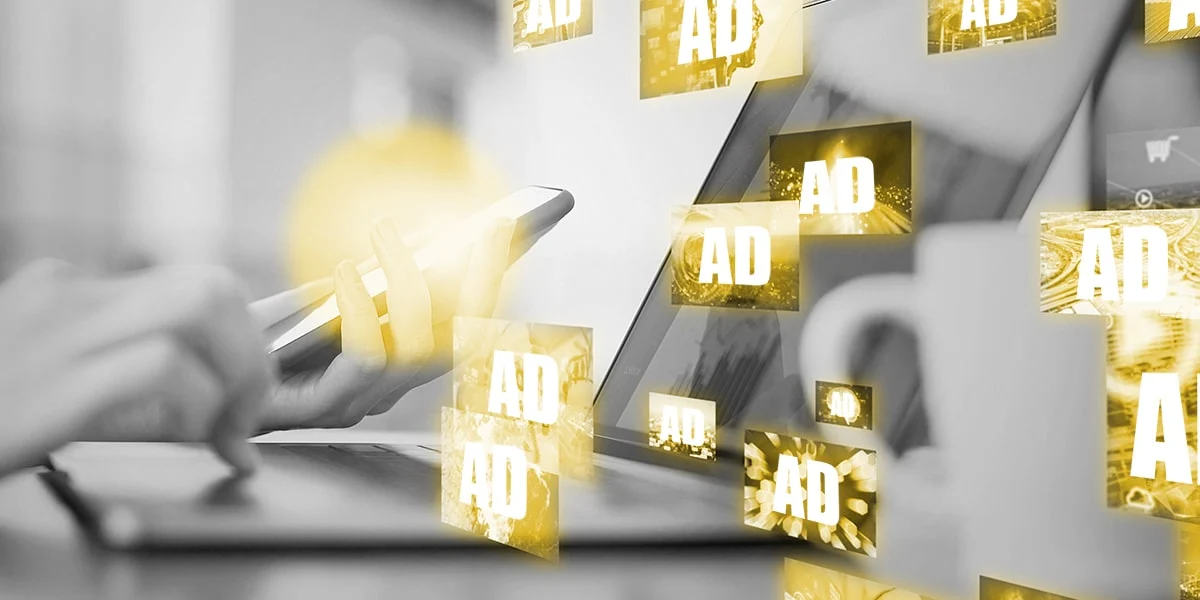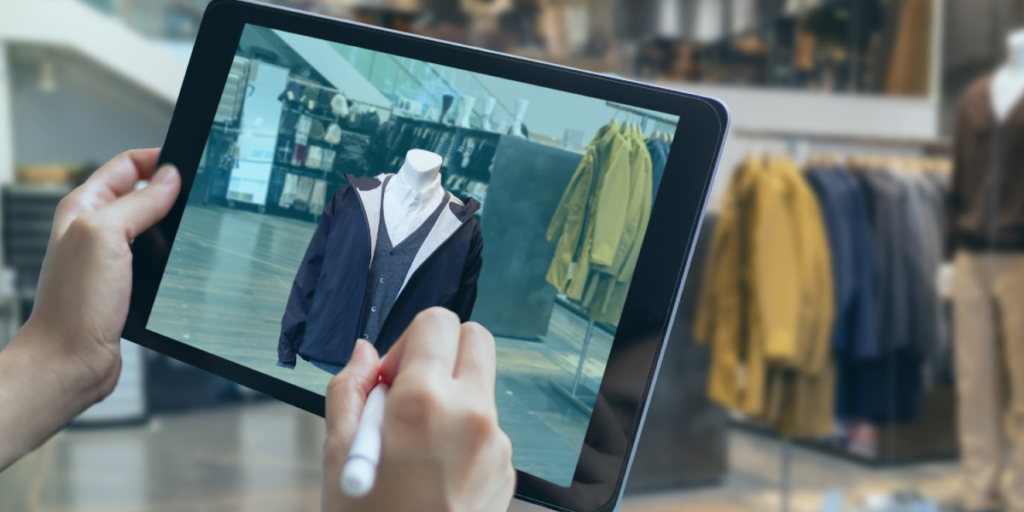B2B advertising is a specialized marketing discipline that focuses on promoting products and services from one business to another. Unlike B2C marketing, which often relies on emotional appeal and impulse buying, B2B advertising is rooted in logic, value propositions, and relationship-building. The purchasing process is typically longer and involves multiple stakeholders, requiring a highly targeted approach. Successful B2B Promotions must deliver the right message to the right decision-maker at the right time. It’s about demonstrating ROI, solving pain points, and establishing credibility within an industry. From display ads to sponsored content and thought leadership campaigns, B2B advertising plays a critical role in expanding reach, nurturing leads, and ultimately driving revenue. Businesses that prioritize strategic B2B advertising efforts often see stronger brand positioning and increased influence within their market.
Identifying the Right Audience in B2B Advertising
One of the most crucial aspects of B2B advertising is accurately identifying and segmenting your audience. In B2B, you’re not targeting individual consumers but business decision-makers such as procurement officers, department heads, and C-level executives. Effective B2B advertising begins with developing detailed buyer personas that include job roles, company size, industry, and pain points. This information enables advertisers to craft messaging that speaks directly to the needs of each segment. Platforms like LinkedIn and programmatic ad networks allow for precise audience targeting based on firmographics and behavioral data. The more accurate the targeting, the more cost-effective and impactful your campaign will be. Tailoring your message to resonate with each audience segment helps you stand out in competitive B2B environments and maximizes your return on advertising spend.
Using Content Marketing in B2B Advertising
Content marketing has become an indispensable tool in the world of B2B promotions. Unlike traditional ads that push a product, content-driven advertising provides value and insight that builds trust with potential clients. Sponsored blog posts, whitepapers, case studies, and webinars are excellent content formats that serve dual purposes: informing your audience and positioning your brand as a thought leader. Paid promotion of this content ensures it reaches targeted professionals who are likely to benefit from it. When done right, content marketing in B2B advertising leads to higher engagement, longer site visits, and increased lead conversions. It’s a subtle yet powerful way to nurture prospects through the sales funnel. Moreover, high-quality content can be repurposed across multiple ad channels, extending its shelf life and boosting ROI.
Leveraging LinkedIn for B2B Advertising
LinkedIn is arguably the most powerful platform for B2B promotions due to its professional focus and rich targeting capabilities. It allows marketers to reach users based on job title, industry, company size, and even skills. Sponsored content, InMail ads, and display ads offer versatile formats for engaging potential clients. LinkedIn also supports lead generation forms directly within the platform, minimizing friction for users. Beyond paid ads, organic content sharing, employee advocacy, and participation in industry groups further amplify your visibility. For companies looking to build relationships and establish authority within their niche, LinkedIn offers unmatched B2B advertising potential. Regularly analyzing performance metrics such as click-through rates, cost-per-lead, and engagement rates is essential for optimizing campaigns and ensuring sustained success.
Email-Based B2B Advertising Campaigns
Email advertising remains one of the most direct and effective B2B advertising methods. Unlike social media or search engines, email provides a private and personalized channel to deliver high-value offers and content. Effective email campaigns begin with a clean, segmented list and a clear understanding of each segment’s stage in the buyer’s journey. Personalized subject lines, relevant messaging, and well-crafted CTAs significantly improve engagement rates. Combining email advertising with marketing automation allows businesses to send behavior-triggered messages based on user interaction, increasing relevancy and conversion potential. B2B promotions via email is also highly measurable; open rates, click-through rates, and lead quality can all be tracked to refine strategies. It’s a versatile tool that complements other advertising channels, providing an integrated experience for prospects.
Search Engine Marketing in B2B Advertising

Search engine marketing (SEM) is an essential tactic in B2B advertising, offering the ability to capture high-intent leads through paid search campaigns. When business professionals are actively looking for solutions, your ad placement on Google or Bing can directly influence their purchase decision. Effective SEM in the B2B space requires deep keyword research, compelling ad copy, and highly relevant landing pages. Ads should highlight unique value propositions, case studies, or free demos to entice clicks. Because B2B keywords tend to have lower search volumes but higher costs, optimizing for quality score and conversion rate is critical. Remarketing campaigns help keep your brand top-of-mind as leads move through the decision-making process. SEM provides valuable insights into what prospects are actively searching for, enabling more refined and responsive B2B advertising strategies.
Display Advertising and Retargeting for B2B Brands
Display advertising, when used strategically, can enhance B2B promotions efforts by increasing brand visibility and supporting multi-touch attribution. Banner ads, native ads, and video ads placed on relevant industry websites help build awareness among targeted audiences. Retargeting is particularly powerful in B2B advertising, allowing businesses to re-engage users who have previously visited their website or engaged with their content. These leads are already familiar with the brand, making them more likely to convert upon repeated exposure. Platforms like Google Display Network and programmatic DSPs offer robust targeting options that include firmographic data, content categories, and user behavior. Creative consistency, clear messaging, and strong CTAs are vital to maximizing the effectiveness of display campaigns. B2B display advertising plays a key role in longer sales cycles where multiple touchpoints are required to drive conversions.
Account-Based Marketing as a B2B Advertising Strategy
Account-Based Marketing (ABM) is an advanced form of B2B advertising that focuses on targeting high-value accounts with personalized campaigns. Instead of casting a wide net, ABM aligns sales and marketing to identify key accounts and tailor messages specifically to them. This could involve custom landing pages, personalized ads, and targeted outreach that address specific challenges or goals of the account. ABM is particularly effective in industries with long sales cycles and high-ticket products. By focusing resources on accounts most likely to convert, businesses see higher ROI and better alignment between teams. ABM platforms like Terminus and Demandbase facilitate scalable personalization through data integration and AI. For B2B companies looking to close complex deals, ABM represents one of the most strategic lead-focused advertising methods available.
Video Marketing in B2B Advertising
Video content is gaining prominence as a highly engaging format for B2B promotions. It allows businesses to communicate complex ideas in a digestible and visually appealing way. From product demos and customer testimonials to thought leadership interviews, video marketing enhances credibility and connection with prospects. Platforms like YouTube, LinkedIn, and even embedded site videos provide multiple distribution channels for video content. Paid video ads can drive traffic, increase time-on-site, and improve lead conversion rates. To maximize effectiveness, videos should be short, informative, and include a clear CTA. Captions and mobile optimization further expand accessibility. B2B decision-makers are busy professionals; concise video content helps them quickly assess whether a product or service aligns with their needs. Incorporating video into your B2B advertising strategy can significantly boost brand visibility and engagement.
Measuring ROI in B2B Advertising Campaigns
Measuring return on investment is critical for evaluating the success of B2B advertising efforts. Given the longer sales cycles in B2B, tracking ROI involves monitoring multiple touchpoints across various channels. Key performance indicators include cost per lead, conversion rate, customer acquisition cost, and lifetime value. Using tools like Google Analytics, CRM systems, and marketing automation platforms, businesses can attribute revenue back to specific campaigns or touchpoints. Multi-touch attribution models provide a more nuanced view of what’s truly driving conversions. Continuous measurement allows for optimization of budgets and messaging. Without clear ROI tracking, it’s impossible to scale effective strategies or eliminate underperforming ones. Data-driven decision-making ensures that every dollar spent on B2B promotions contributes toward meaningful business outcomes, such as increased revenue, customer retention, or market share.
Conclusion: Crafting a Winning B2B Advertising Strategy
Success in B2B advertising lies in the strategic integration of multiple channels, clear audience targeting, compelling messaging, and relentless optimization. Unlike consumer advertising, B2B requires deeper insight into buyer behavior, longer nurturing cycles, and highly customized approaches. The best B2B promotions campaigns blend creativity with data, and storytelling with analytics. Whether through email, search, social, or ABM, each element must work cohesively toward building trust and delivering measurable results. Consistent evaluation of campaign performance, coupled with a willingness to test and evolve, is what separates high-performing B2B brands from the rest. As digital platforms and buyer expectations continue to evolve, staying agile and informed is key. B2B advertising is not just about visibility—it’s about creating meaningful connections that drive long-term business growth.
















